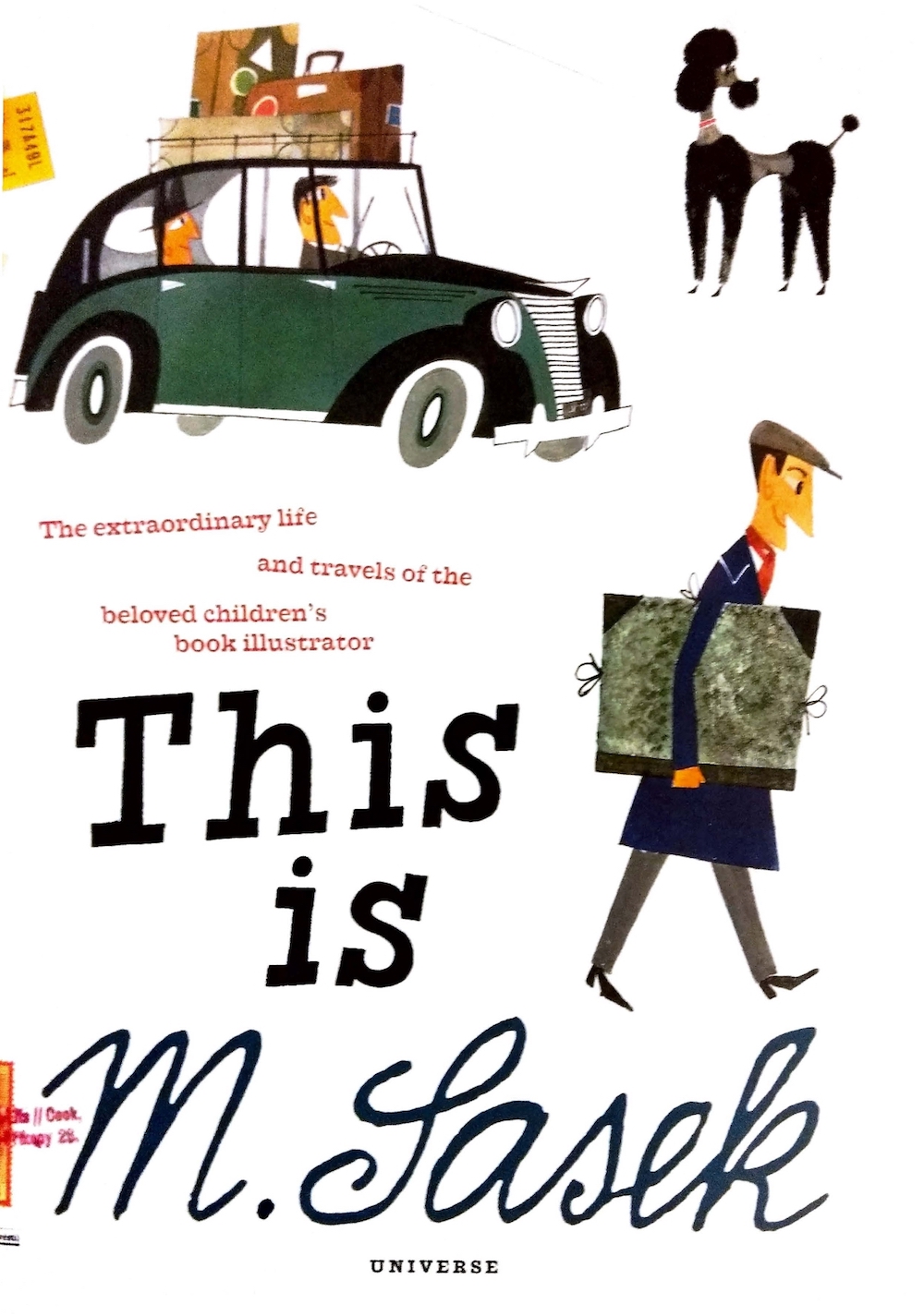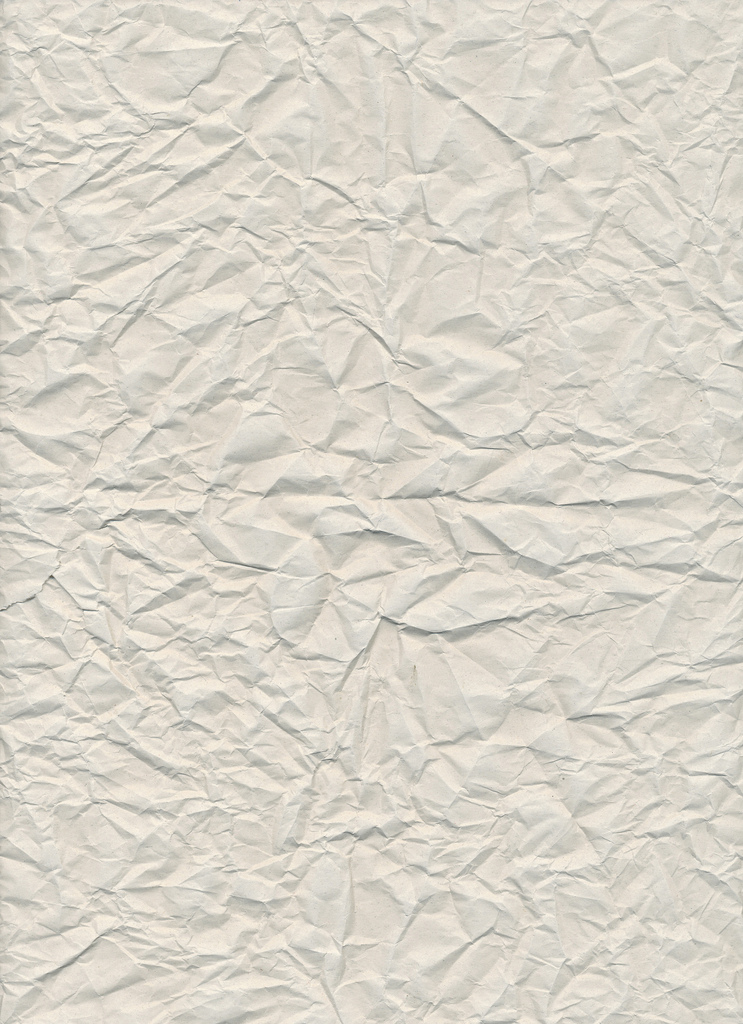Coppola has made a 98-minute advert for the Chateau Marmont, the famed West Hollywood hotel where celebrities go to party
and – occasionally — to die.
After the opening 15 minutes of Sofia Coppola’s new film, Somewhere, you might find yourself wishing you were somewhere – anywhere – else. We watch as a Ferrari does a series of laps of a dusty desert location; Johnny Marco (Stephen Dorff) lies in bed watching a couple of pole dancers perform; he drinks beer and smokes cigarettes. “That was great” he finally tells the lissome performers, in what I estimate is only the third line of dialogue. But unless the sight of identical twin Playboy models Kristina and Karissa Shannon floats your boat, this is nowhere near being a great watch.
Coppola has made a 98-minute advert for the Chateau Marmont, the famed West Hollywood hotel where celebrities go to party and – occasionally — to die. (Helmut Newton expired just across the street from there, after a car crash in 2004.) This might be great news for the hotel, but for moviegoers looking for entertainment, insights or even some clue as to why this film won the Golden Lion at this year’s Venice Film Festival, it’s frustrating.
Actor Johnny Marco is holed up at the Marmont doing promotions for his latest flick, Berlin Agenda. His co-star Rebecca (played by Michelle Monaghan) thinks he’s looking decidedly the worse for wear, and she has a point. He’s sporting a bruised cheek and a bandaged hand, which may be the result of doing his own stunts.
In between meekly taking instructions from his agent, Johnny hangs out with his buddy Sammy (Chris Pontius) and deals with his many female admirers. He takes his 11-year-old daughter Cleo (Elle Fanning) ice skating, where he watches her for what seems like an eternity. Perhaps we’re supposed to be reading Johnny’s thoughts as he observes her graceful movements on the ice. Instead I found myself trying to reconcile this (almost) grown up Elle Fanning with the moppet who co-starred with Jeff Bridges in The Door in the Floor.
There are lots of scenes like this in Somewhere, because Coppola’s loose, documentary-style approach makes us feel like we’re eavesdropping on the lives of the rich and famous. I thought the plot might kick into gear when Johnny’s ex informs him that she’s leaving town for a while and that he’s in charge of taking Cleo to summer camp. The expected clash of lifestyles and outpouring of filial resentment never materialise, because Cleo is a surprisingly sweet and compliant kid and Johnny’s basically a nice guy.
Instead of drama, we watch Johnny and Cleo doing cute things like playing Guitar Hero, eating ice cream in bed, frolicking in a swimming pool and taking a short trip to Rome. Italy, like Hollywood, turns out to be full of stupid reporters asking asinine questions. I bet the gelato was good, though.
The father/daughter dynamic owes something, we assume, to Coppola’s own relationship with her famous dad, Francis Ford Coppola. The problem is that cute scenes of quasi-domesticity tinged with nostalgia do not add up to compelling viewing. Perhaps the decision to film at the Chateau Marmont will have more significance for those like Coppola and Dorff who feel they are part of its history. For me, the sight of (real-life) waiter Romulo Laki entertaining Cleo with an anaemic cover of Elvis’s “Teddy Bear” was just a bit daft.
Somewhere occasionally hints that Johnny might be in danger from a stalker or deranged fan. In what might be a nod to the threatening postcards sent to Griffin Mill in The Player, Johnny gets a series of mildly abusive texts: “Why are you such an asshole?” He also worries that a black SUV might be pursuing him around the streets of LA. In a different type of movie these incidents might have been used to build up a picture of a man on the edge. Here, Johnny seems to accept them with same equanimity as the discovery of yet another girl in his bed.
Both Dorff and Fanning give very likeable performances, working with a script that relies more on conveying mood than delivering dialogue. There are some droll moments, as when Johnny sits in a make-up chair while his entire head is encased in some gloopy white substance that renders him temporarily blind, deaf and dumb. He lies (unconvincingly) to his daughter about faulty plumbing when she catches him emerging from a neighbour’s room clad only in a towel.
Coppola’s previous movie was a deliberately anachronistic portrayal of Marie Antoinette as a spoilt rock star, which left some critics calling for the director’s head. At least it had energy and a spark of originality – qualities that are missing here. Despite the efforts of cinematographer Harris Savides (Milk, Zodiac) and the production designers, the Chateau Marmont didn’t come alive for me the way that Versailles did.
When the film industry turns the camera on itself the results can be scabrous, satirical or just plain bitchy. Sunset Blvd, Valley of the Dolls and The Player all had compelling stories to tell about the vapid, venal and deranged denizens of Tinseltown. By contrast, Coppola makes a few weeks in the life of Johnny Marco feel like an exercise in mundanity.
(Somewhere is released in UK cinemas on 10 December.)











